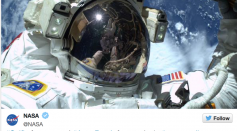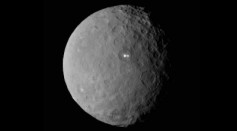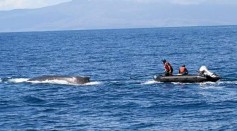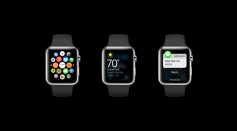science
Methane Based Life Could Exist on Saturn’s Moon, Titan
Carbon Dioxide Caught Red Handed By Scientists
New Study Reveals Americans Believe Stopping Climate Change is a “Moral Obligation”
The True Story of the Dress That Divided The World

Leonard Nimoy "Spock"—Best Moments And Quotes from the Legend
DNA Evidence of Wheat Upsets Archeological History of the Crop in Early England

Should NASA and The International Space Station Be Worried About the Vapors?

As Dawn Spacecraft Approaches, A Second Bright Light Emerges from Ceres
VIDEO—The LEAP Trial and How Researchers Revealed No Threat in Allergens

Humpback Whale Freed From Entanglement Along Hawaiian Coast
Researchers Reveal That Killer ‘Bourbon Virus’ is Of the Rare Thogotovirus Genus
How Arachnids May Reveal Looming New Threats to American Public Health—Bourbon Virus
Reef Oasis Found in Depths of Murky Iraqi Waters

Apple May Be Tabling Health-Monitoring from its Watch, But It’ll Still Pack a Punch
Most Popular

AI Revolution in Medical Education: Transforming How Healthcare Professionals Learn

Optimizing Complex Catalog Systems with Graph Theory and Indexing

Exploring Life Beyond Earth: Study Claims Other Planets Could Be Suitable for Alien Life

Nikolay Karpenko Biography, Photo, Career, Accomplishments





